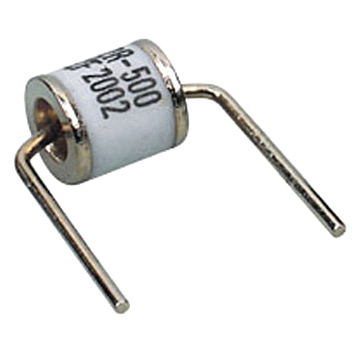There are a couple of lamp arrangements used. If it's in the rocker switch, it's almost certainly just a power indicator. The neon lamps start to flicker as the cathodes get poisoned and the striking/maintain voltage of the lamp starts to increase.
You'll sometimes see a "lit when protected" lamp, most often a LED, that indicates when the protection circuit is knocked out -- this is usually found in cheaper surge suppressors that use only MOVs. As a MOV takes more spikes, it starts conducting within the normal line voltage range. This makes it get hot. Eventually, if you just had the MOV across the line, it would overheat and smoke, or burn, or otherwise destroy itself. To prevent that, there's a thermal fuse in series with the MOV, which opens (permanently) when the MOV starts drawing too much current. That's when the "lit when protected" lamp will go out, and it means your surge suppressor is now just a power tap.
There are also wiring fault indicators, which just tell you if there's a hot ground, reversed polarity, et c. Depends on the manufacturer as to what the lamp means. When it's illuminated, there's some sort of problem with the receptacle you're plugged in to. Note that the lamp being off doesn't necessarily mean everything is OK!

